News
2023.03.20
Columns
Banko Ware: Its Charm and Typical Products
Table of Contents
1. What Is “Banko” Ware?
2. Major Banko Ware Products
2-1. Earthenware Pot
2-2. Teapots
3. Summary
What Is “Banko” Ware?
Banko ware is a type of ceramics and pottery with excellent heat-resistant characteristics that originated in the Yokkaichi City area of Mie Prefecture, Japan. There are various types of products ranging from tableware, vases, and other vessels that add color to daily life to industrial product molds, but earthenware pots and teapots are especially well-known. Yokkaichi Banko ware has also been designated as a traditional craft by the Ministry of Economy, Trade and Industry since 1979, and is an intangible cultural asset designated by Yokkaichi City.
It is said that the pottery was first produced in the mid-Edo period when Rozan Nunami, a famous merchant, built a kiln in present-day Asahi-Cho and fired tea utensils because he enjoyed the tea ceremony so much. He then stamped the seal “Banko” of Banko-ya, the trade name of the Nunami family, with the hope that his works would be handed down forever, and thus the name came to be known as Banko ware.
Main Banko Ware Products
Banko ware includes a wide variety of pottery ranging from tableware, vases, and other vessels that add color to daily life to molds for industrial products. This section introduces two of the most representative products.
Earthenware Pot
The earthen pot is one of the most representative products of Banko ware, accounting for approximately 80% of all earthenware pots produced in Japan. It may be safe to assume that most of the domestically produced earthenware pots seen in the city are Banko ware. In recent years, a wide variety of products have been developed, including tajine pots, rice kettles, charcoal stoves, and more, in an increasing number of sizes and shapes. The development of induction heating (IH) earthenware pots for electromagnetic cooking devices using particularly advanced technology is also flourishing.
The Banko earthen pot is characterized by its clay. It is particularly resistant to heat, making it highly durable against open flames and open fires, such as gas ranges and charcoal fires. This is due to the lithium ore contained in the clay material, which accounts for 40-50% of the clay content, making it possible to develop products that are more than durable against open flames.
Teapots
The teapot is also one of the representative products of Banko ware, along with earthenware pots, and is said to gain in flavor and luster the more it is used. In particular, the symbol of Banko ware, which was designated as a traditional craft by the Ministry of International Trade and Industry (now the Ministry of Economy, Trade and Industry) in 1979, is the teapot made of purple mud. The purple-brown color of the clay, which is fired by reduction firing using local clay that contains iron and is not glazed, matches well with green tea. Furthermore, the iron is said to soften the astringency of tea leaves and bring out its flavor.
The Banko teapot comes in a wide variety of designs and patterns. In the old days, various types of teapots were made, ranging from those with eccentric designs for export to those with delicate decorations such as overglaze enameling and carvings. Recently, there have been products made in collaboration with popular characters, as well as a modern teapot that fits in with contemporary interiors. The ingenious functionality and variety of designs are the main attractions of the Banko ware teapot.
Summary
We handle a wide variety of Japanese ceramics and pottery, including Banko ware.
For details, please refer to the “Goods and Cases” page.
Category
Archive

